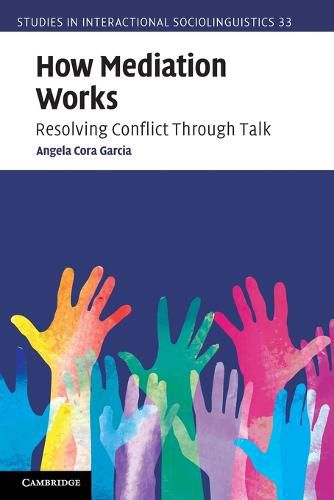Readings Newsletter
Become a Readings Member to make your shopping experience even easier.
Sign in or sign up for free!
You’re not far away from qualifying for FREE standard shipping within Australia
You’ve qualified for FREE standard shipping within Australia
The cart is loading…






Using conversation analysis to study the interaction between mediators and disputants, this study shows how mediation is used to resolve conflict in small claims and divorce mediation sessions. Angela Garcia explores the techniques mediators use to help disputants tell their stories, make and respond to complaints and accusations, and come up with ideas for resolving the dispute. By analyzing these techniques in their interactional context, she shows how they impact the experience and responses of disputants, and demonstrates that mediator techniques can empower disputants, maximize disputant autonomy, and display mediator’s neutrality while in some cases, the organization of talk in mediation may work against these goals. This book is the first to use conversation analysis to study how mediation works and how mediators can best help disputants. This book is no. 34 in the Studies in Interactional Sociolinguistics series. In some copies, it has mistakenly been printed as no. 33.
$9.00 standard shipping within Australia
FREE standard shipping within Australia for orders over $100.00
Express & International shipping calculated at checkout
Using conversation analysis to study the interaction between mediators and disputants, this study shows how mediation is used to resolve conflict in small claims and divorce mediation sessions. Angela Garcia explores the techniques mediators use to help disputants tell their stories, make and respond to complaints and accusations, and come up with ideas for resolving the dispute. By analyzing these techniques in their interactional context, she shows how they impact the experience and responses of disputants, and demonstrates that mediator techniques can empower disputants, maximize disputant autonomy, and display mediator’s neutrality while in some cases, the organization of talk in mediation may work against these goals. This book is the first to use conversation analysis to study how mediation works and how mediators can best help disputants. This book is no. 34 in the Studies in Interactional Sociolinguistics series. In some copies, it has mistakenly been printed as no. 33.